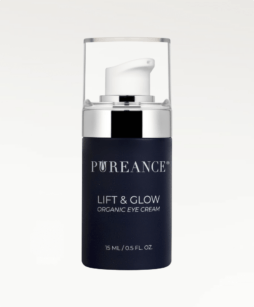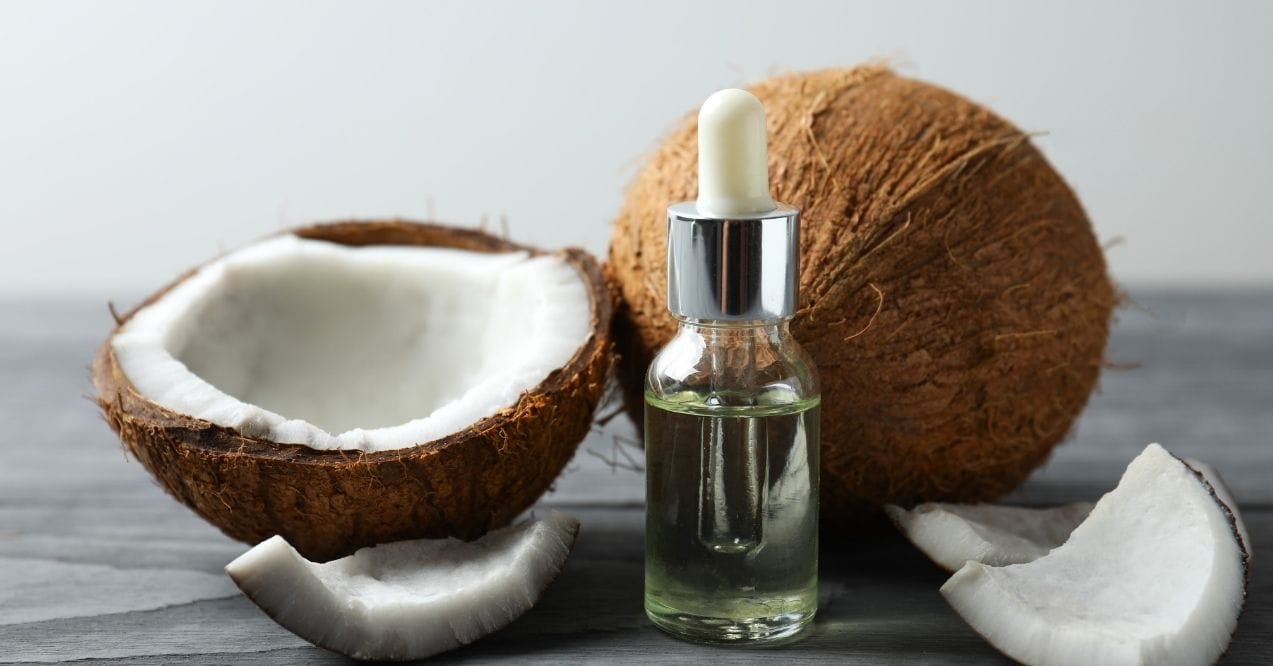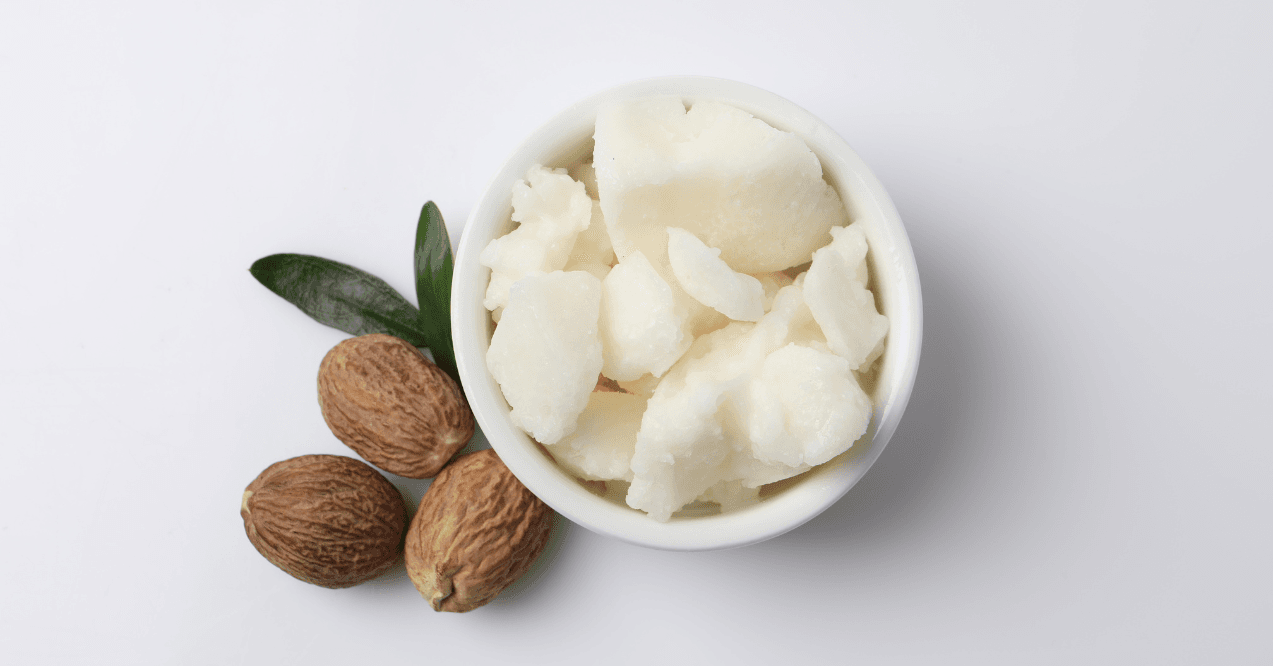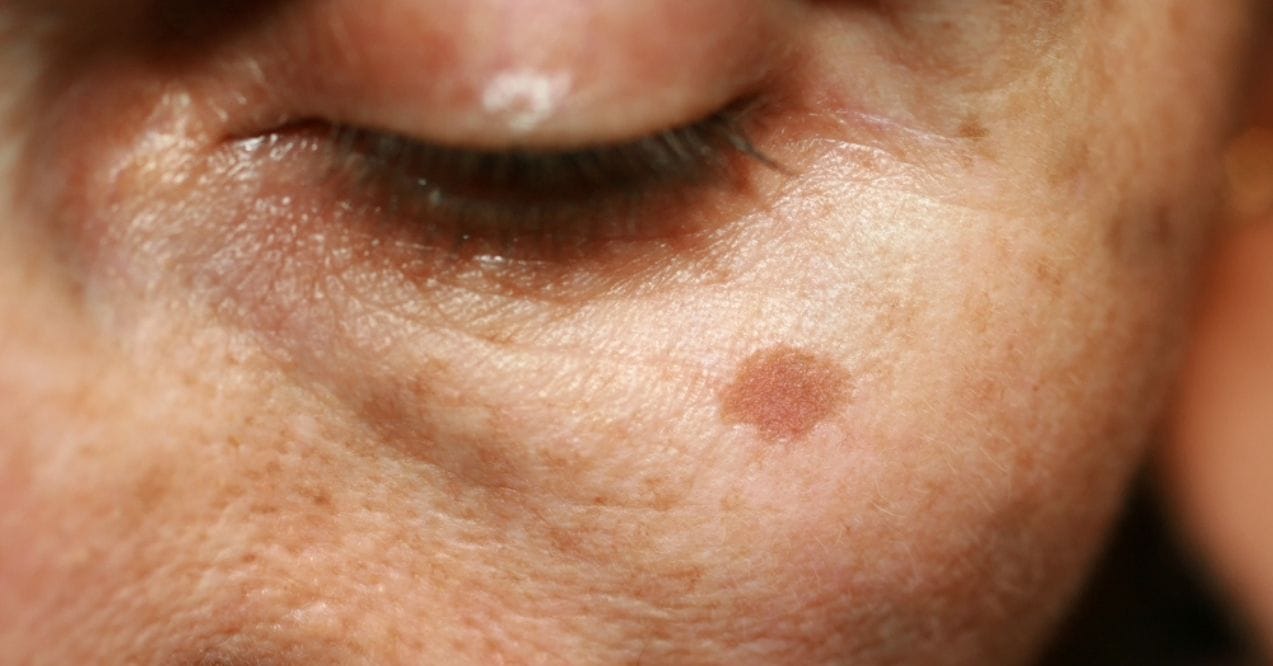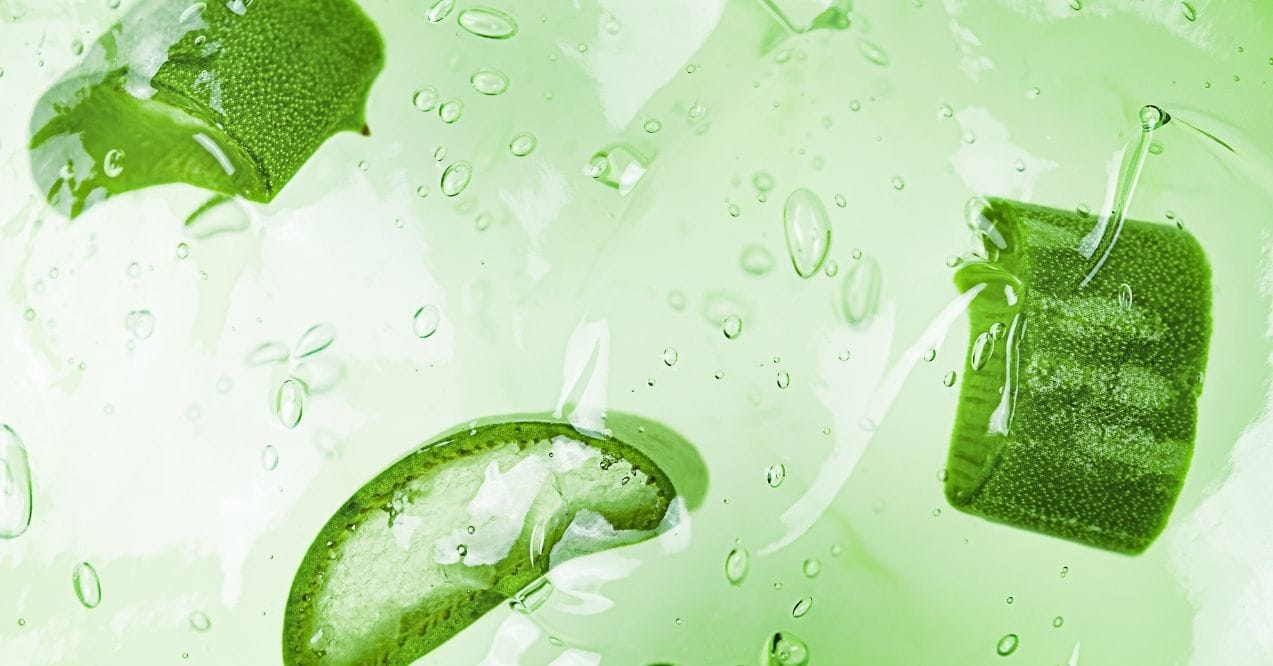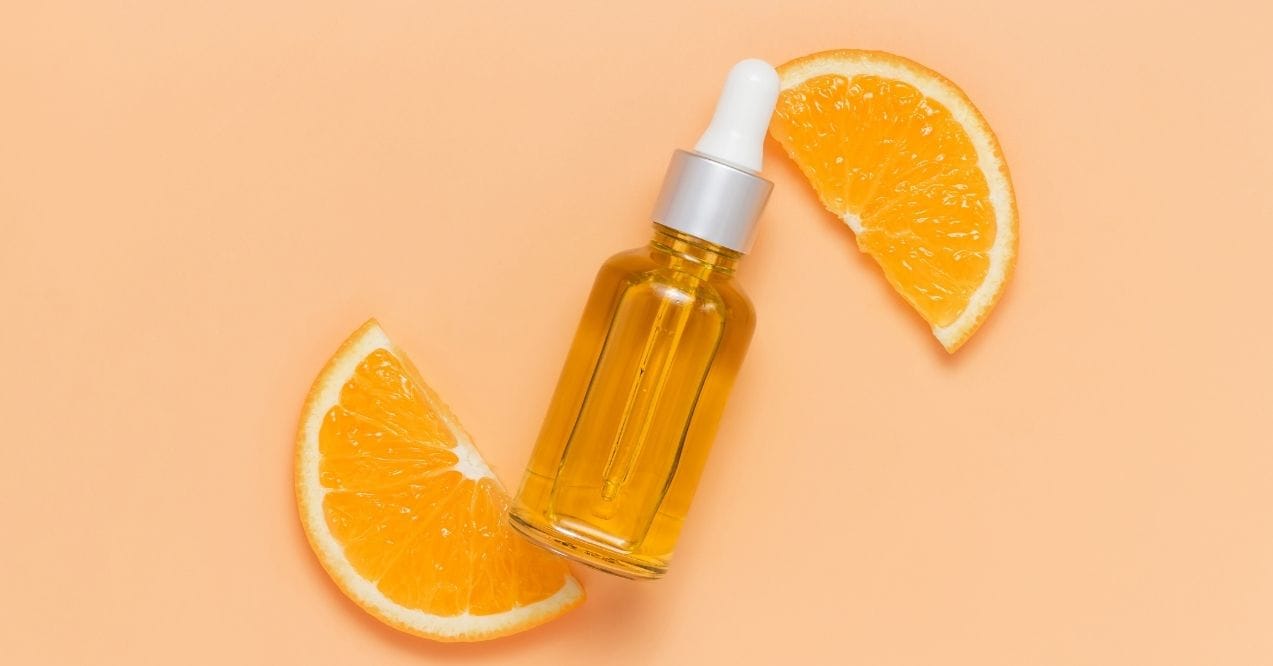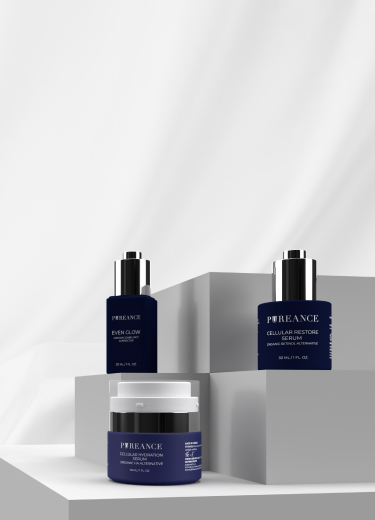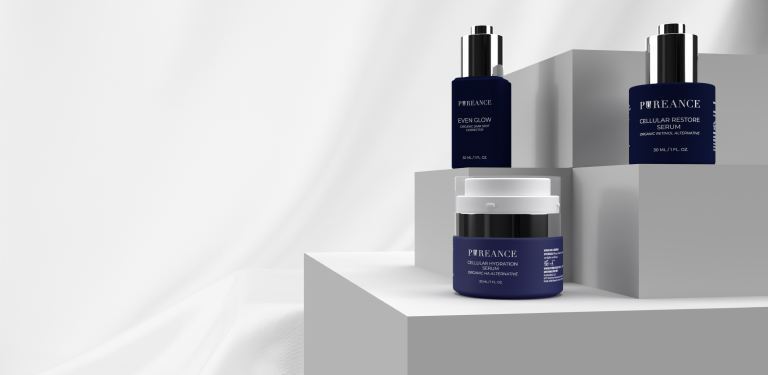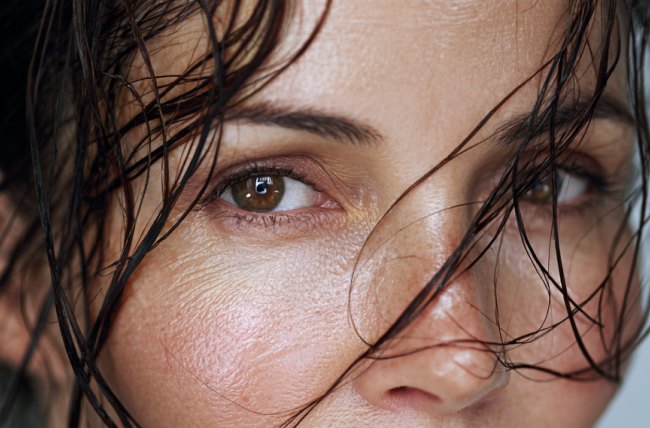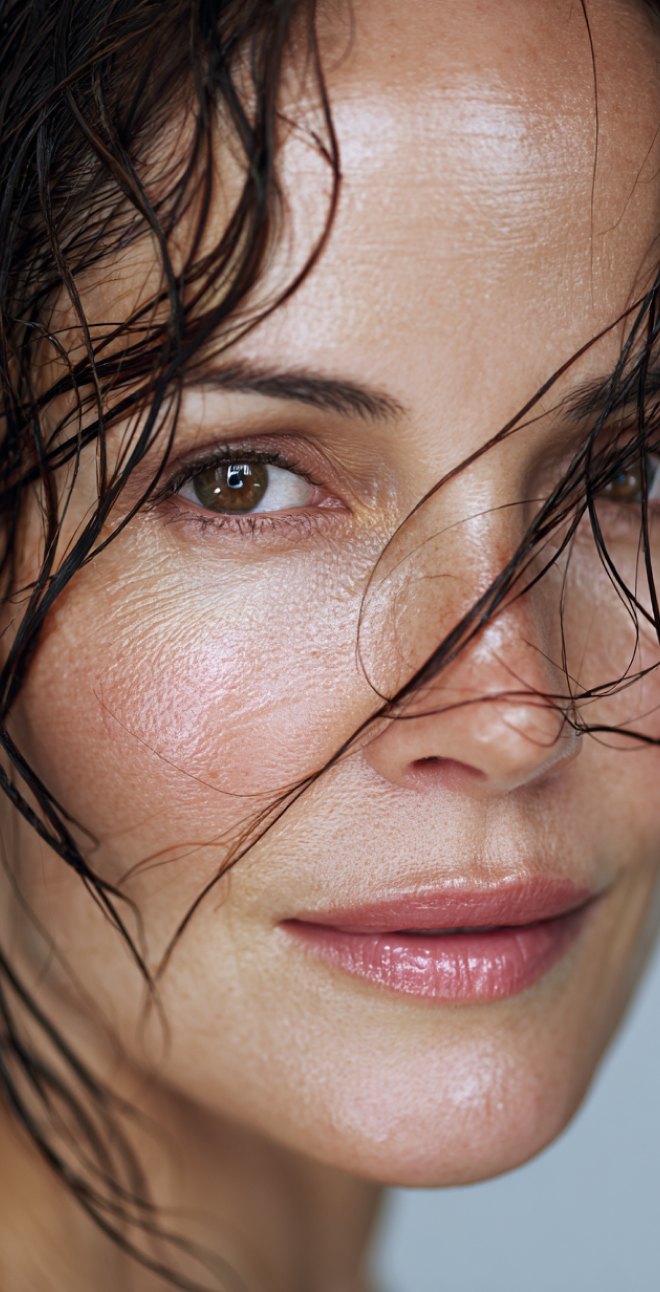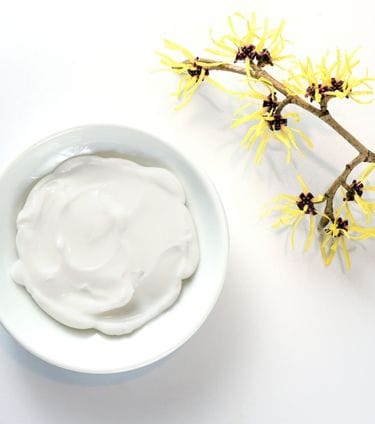


Does Witch Hazel Help With Dark Spots?
Dark spots – also known as hyperpigmentation – can show up after acne, sun exposure, hormonal shifts, or simply with age. While there are plenty of products out there promising a brighter look, many turn to natural options first. One popular pick? Witch hazel. Known for its astringent, anti-inflammatory, and antioxidant properties, it’s been a skincare staple for years.
But does witch hazel help with dark spots? In this article, we’ll explore how it works, how to use it, and how it stacks up next to ingredients like Vitamin C and retinoids.
Key Article Findings
- Witch hazel helps fade dark spots gradually, not completely.
- Best results come from consistent use combined with Vitamin C.
- Daily sunscreen is essential when treating hyperpigmentation.
How Witch Hazel Affects Dark Spots
Witch hazel and dark spots have a complex relationship. This natural plant extract contains tannins, which provide astringent properties that tighten pores and reduce inflammation. When applied to the skin, witch hazel may help fade hyperpigmentation by supporting the skin’s natural renewal process.
Antioxidant Properties
Witch hazel contains beneficial antioxidants that help protect your skin from environmental damage. These antioxidants neutralize free radicals – unstable molecules that can trigger excess melanin production and worsen dark spots.
The antioxidant protection is similar to what you might find in green tea benefits for skin, though at different concentration levels. These protective compounds support your skin’s health by:
- Shielding skin cells from oxidative stress
- Supporting skin’s natural repair mechanisms
- Helping maintain an even skin tone over time
- Complementing your skin’s natural defenses
Anti-Inflammatory Effects
One of witch hazel’s strongest attributes is its ability to reduce inflammation. Since many dark spots result from post-inflammatory hyperpigmentation (especially after acne or skin injuries), this quality makes witch hazel particularly useful.
When your skin becomes inflamed, melanin production can go into overdrive, creating dark patches. By calming this inflammation, witch hazel may:
- Reduce redness and irritation
- Support faster healing of irritated skin
- Help prevent excess melanin production
- Minimize the intensity of new dark spots forming
Best Ways to Use Witch Hazel for Dark Spots
For those wondering about using witch hazel for black spots, the key is finding alcohol-free products and applying them consistently. Witch hazel toners work well after cleansing but before moisturizing. For targeted results, consider witch hazel serums for specific spots.
Application Techniques and Tips
The application method matters when using witch hazel for dark spots:
- Pour a small amount onto a cotton pad and gently press (don’t rub) onto cleansed skin
- For targeted treatment, use a Q-tip to apply directly to specific dark spots
- Allow to dry completely before applying other products
- Use gentle patting motions rather than harsh rubbing
- Consistency is key – daily application yields better results than occasional use
Combining Witch Hazel with Other Ingredients
Witch hazel works well when paired with other brightening ingredients for enhanced results:
- Morning routine – Cleanse → Witch hazel toner → Vitamin C serum → Moisturizer → Sunscreen
- Evening routine – Cleanse → Witch hazel toner → Niacinamide or retinol → Moisturizer
Vitamin C makes an excellent partner for witch hazel, as it actively brightens while witch hazel calms the skin. Apply vitamin C after witch hazel has fully dried for maximum effectiveness.
Niacinamide, another star ingredient for evening skin tone, pairs beautifully with witch hazel. The combination helps reduce both redness and discoloration while supporting the skin barrier.
Does Witch Hazel Completely Get Rid of Dark Spots?
Many people wonder, does witch hazel remove dark spots completely? The short answer is no – witch hazel alone typically won’t eliminate dark spots entirely, but it can help fade their appearance over time with consistent use.
Witch hazel works gradually, helping to soften the contrast between dark spots and your natural skin tone. Results vary based on several factors including your skin type, the cause of your hyperpigmentation, and the darkness of the spots.
When considering how long does it take for hyperpigmentation to go away, even with witch hazel, understand that this process requires patience. Most users notice subtle improvements after 3-4 weeks, with more noticeable fading happening after 8-12 weeks of regular application.
For the best results, combine witch hazel with sunscreen (SPF 30+) daily, as sun exposure can darken existing spots and counteract your efforts. Also, remember that newer dark spots typically respond better to treatment than older, more established ones.
Alternatives and Complementary Treatments
While witch hazel offers benefits, combining it with other ingredients creates a more effective approach for those wondering how to even skin tone. These complementary treatments address hyperpigmentation from multiple angles.
Vitamin C and Retinoids
Vitamin C (ascorbic acid) is a powerhouse for brightening dark spots. It works by:
- Inhibiting the enzyme tyrosinase that triggers melanin production
- Providing antioxidant protection against further damage
- Promoting collagen production for overall skin renewal
- Enhancing skin radiance and luminosity
Apply vitamin C in the morning after witch hazel toner for daytime protection. Look for stable formulations at concentrations between 10-20% for optimal results.
Retinoids, on the other hand, accelerate skin cell turnover, revealing fresher, more evenly toned skin. Use retinoids in your evening routine after witch hazel, starting with lower concentrations.
Sunscreen and UV Protection
Sunscreen is essential when treating dark spots, as UV exposure stimulates melanin production and can darken existing spots.
For optimal protection:
- Apply broad-spectrum SPF 30+ daily
- Reapply every two hours when outdoors
- Consider UV-protective clothing for additional defense
Apply sunscreen as the final step in your morning routine, after witch hazel and other treatments have absorbed.
Conclusion
So, does witch hazel help with dark spots? Yes, it can contribute to fading their appearance, especially when used consistently as part of a comprehensive skincare routine. While it may not deliver dramatic results alone, witch hazel’s anti-inflammatory and antioxidant properties make it a valuable supporting player in your quest for even-toned, radiant skin. Pair it with targeted ingredients like vitamin C and always protect your progress with daily sunscreen.
Witch hazel may help fade dark spots gradually but doesn’t completely eliminate them. It works best as part of a comprehensive skincare routine combined with ingredients like vitamin C, rather than as a standalone treatment.
Most people notice subtle improvements after 3-4 weeks of consistent witch hazel use. More significant fading typically occurs after 8-12 weeks, though results vary based on spot severity and skin type.
Witch hazel doesn’t lighten overall skin tone. It primarily helps reduce inflammation and provides antioxidant protection that may improve the appearance of dark spots, but it doesn’t affect normal skin pigmentation.
Yes, witch hazel can potentially irritate skin, especially alcohol-based formulations. People with sensitive skin should choose alcohol-free versions and perform a patch test before applying directly to dark spots.
This site offers health, wellness, fitness and nutritional information and is designed for educational purposes only. You should not rely on this information as a substitute for, nor does it replace, professional medical advice, diagnosis, or treatment. If you have any concerns or questions about your health, you should always consult with a physician or other health-care professional. Do not disregard, avoid or delay obtaining medical or health related advice from your health-care professional because of something you may have read on this site. The use of any information provided on this site is solely at your own risk.
Nothing stated or posted on this site or available through any services are intended to be, and must not be taken to be, the practice of medical or counseling care. For purposes of this agreement, the practice of medicine and counseling includes, without limitation, psychiatry, psychology, psychotherapy, or providing health care treatment, instructions, diagnosis, prognosis or advice.
